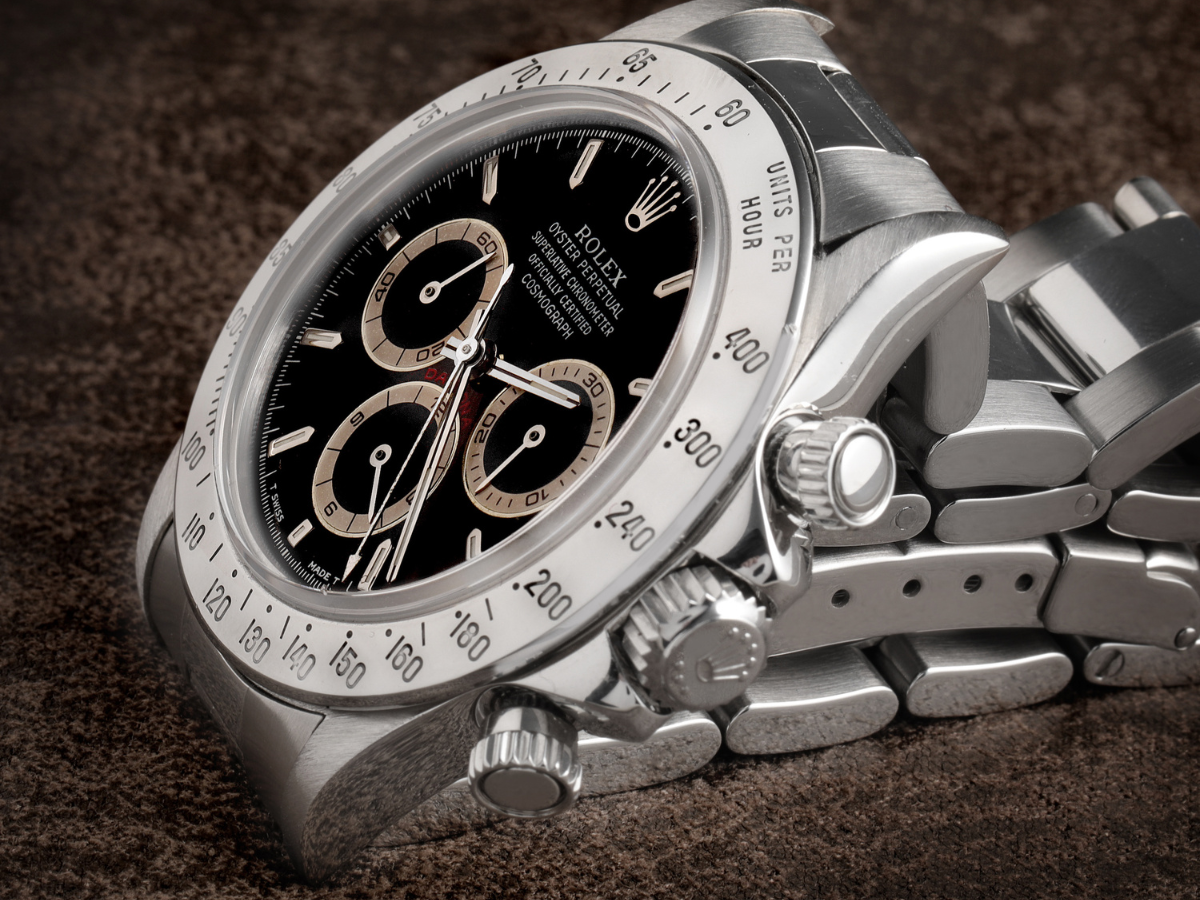Rolex is world renowned for its exacting standards. The manufacture controls as much of the watchmaking process as they can – from creating in-house movements to mixing their own alloys – to make sure every aspect of their watches is done to perfection. That said, mistakes are a part of life, and even in the world’s preeminent watchmaker, they do happen. In its history, Rolex has released watches with imperfections – the result of experimenting with new materials or a quality control oversight – but these are very, very rare instances. In the case of vintage Rolex, some watches change in appearance over time, given the unique aging process that every watch goes through. As such “imperfections” are quite rare to see, they make these watches even more desirable. Here are some Rolex defects that collectors love. | 